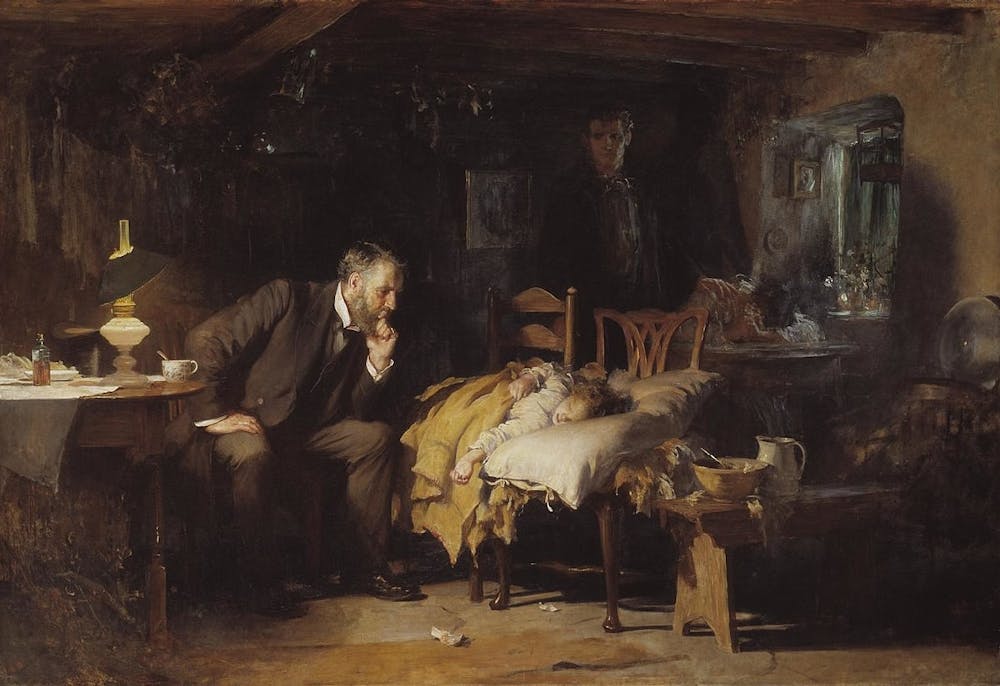During their undergraduate studies, pre-health students tend to take a variety of courses in science and mathematics in an attempt to fulfill the prerequisites for the graduate program of their choice. The required completion of specific courses often makes it difficult for pre-health students to explore other areas of study, such as the humanities.
Many graduate programs are attempting to change this by highlighting that students who wish to gain admission to their programs can major in any field of their choice and by offering their students the opportunity to take elective courses that expose them to the humanities. With the importance of gaining exposure to these topics in mind, Dr. Margaret Chisolm, professor and vice chair for education in the Department of Psychiatry and Behavioral Sciences at the Hopkins School of Medicine, created a series of sessions at the Baltimore Museum of Art titled “Art Museum-Based Exploration of Pre-Health Professional Identity.” Chisolm’s program was one of the winners of the Hopkins Ten by Twenty Challenge grant, as determined by student votes.
These sessions are intended to introduce pre-health students to the intersection of art and health care.
Junior Ananya Pappu, who is pre-med majoring in Molecular and Cellular Biology, sees merit in the program and believes that it is good training for future doctors.
“Programs like this are important in encouraging our scientifically-driven pre-meds to remind themselves that medicine is a holistic process and that doctors are treating humans, not diseases,” she said.
Each session begins with students pairing up and observing the artwork within one of the museum’s galleries in order to find a piece they feel a connection to. This allows the students to reflect on the feelings the artwork invokes within them and to attempt to understand how the piece is able to achieve that.
Then, at the conclusion of each session, students are given a prompt to write about in order to give them another opportunity for self-reflection and encourage them to use the knowledge they gained during the discussions of their session. The activities that happen in-between vary from session to session in order to provide students with a new experience each time if they decide to attend more than one. These activities may include searching for a work of art that captures the student’s idea of what health care should be or sitting around a sculpture as the group discusses their interpretation of the piece based on their viewpoint.
Chisolm explained how she was inspired to create these sessions after taking a course during which she was taken to a museum.
“I was first exposed to this idea as a learner at a course for medical educators,” she said. “The summer after that, I started taking small groups of psychiatry residents to the National Gallery of Art and we looked at pieces of art using a visual-thinking strategies method. “Then, when the Ten by Twenty Challenge grant came out, I saw it as an opportunity to do this with pre-health students.”
Chisolm shared what she hopes pre-health students will gain from this.
“Our overall goals are to use the museum to explore what it means to be human, what it means to be a health professional and what it means to lead a good life. I want people to reflect on the relevance of the arts and humanities to health professions education and to be aware of the reflective skills that are necessary for patient care and care of oneself,” she said.
Chisolm also expressed her confidence that ventures into the arts and humanities will help to foster the development of skilled health professionals.
“The empathy and tolerance of ambiguity that people exposed to the humanities develop have been associated with ordering less unnecessary tests as a health professional and increased patient satisfaction,” she said.





